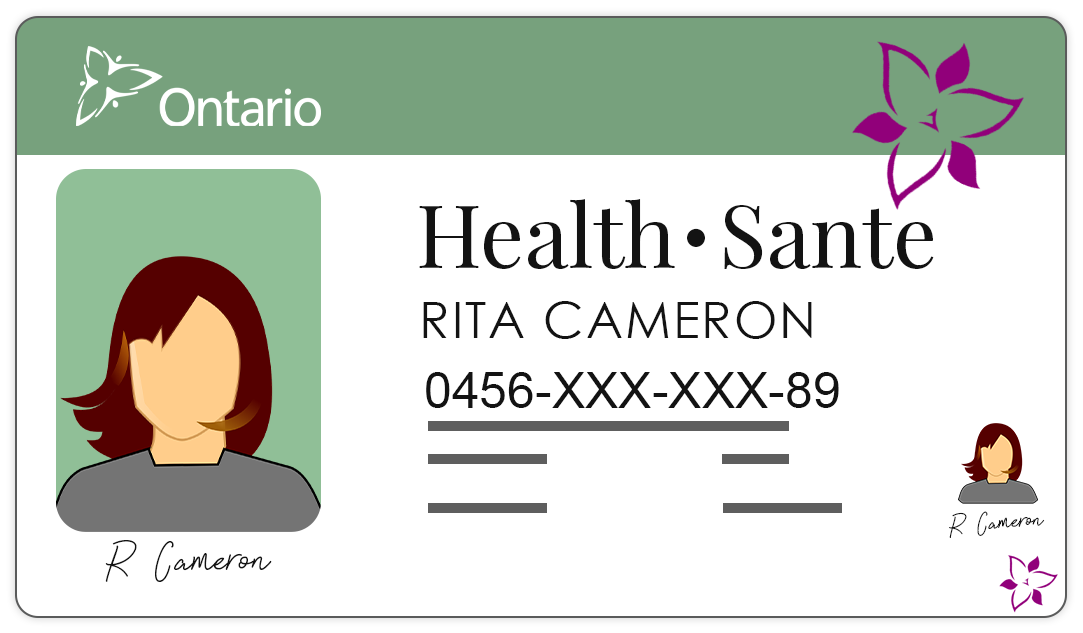Peripheral nerve blocks, also referred to as neural blockades, are medical procedures used to prevent or manage different types of pain, including pain caused by headaches and migraines. This procedure typically involves injections of medications which block pain signals coming from specific nerves from reaching the brain. Essentially, a nerve block is a method of “blocking” pain signals by injecting medication around a specific nerve or bundle of nerves.
What is an occipital nerve block?
Many people who suffer from chronic headache experience cervicogenic headaches. This type of headaches involves pain arising from the neck and/or base of the skull, which originates on one side of the neck or head and extends forward to the top of the head, often involving the forehead, temple, and the eye.
An occipital nerve block is a nerve block procedure performed around the greater and lesser occipital nerves, which are located on the back of the head and above the neck area. This type of nerve block is used to prevent and treat pain arising from cervicogenic headaches.
It is thought that irritation and/or inflammation of the occipital nerves can result in cervicogenic headaches and migraines, as well as in a type of pain called occipital neuralgia. Since these nerves serve as major relay points for transmission of pain signals which produce migraines and other types of headaches, blocking the transmission of these signals can help to reduce and prevent the associated headaches.
What medications are used for occipital nerve blocks?
The composition of the medication solution used for occipital nerve block can differ according to the health practitioner’s preference and experience, but typically, it contains a long-acting local anesthetic and an anti-inflammatory drug.
Here are some of the most common medications used in occipital nerve blocks:
- Lidocaine: Lidocaine is a local anesthetic medication, meaning that it is used to numb tissue in a specific area, which works by blocking nerve signals along the occipital nerve and prevents pain signals from reaching the brain.
- Bupivicaine: Bupivacaine is also a local anesthetic often used for different types of nerve blocks, including occipital. Similarly to lidocaine, it blocks the transmission of pain signals from the occipital nerves on their way to the brain.
When should occipital nerve blocks be used?
Occipital nerve blocks can also be effective in controlling and preventing pain of primary headache disorders, such as migraine and cluster headaches. Moreover, nerve blocks can be an effective option for treating headache pain in individuals for whom medication is not effective in migraine treatment. This treatment can also be used to treat patients suffering from medication overuse headaches, as well as in patients who need pain relief between botulinum toxin injections for migraine pain treatment.
How is an occipital nerve block performed?
The occipital nerve block is a relatively simple and quick procedure. Using a thin needle, your health practitioner will inject the medication solution into the area around the nerves. The injection is done at the back of the head, in the area right above the neck. The needle insertion is not particularly painful, but injection of the solution may cause some temporary discomfort.
How long do the effects of an occipital nerve block last?
Following the injection of the nerve block medication, pain relief is often achieved quickly, approximately within the first 15 minutes of the injection. The duration of therapeutic effects varies with each person.
Are there any risks or side effects of the occipital nerve block?
The occipital nerve block is generally considered to be a safe and effective procedure when carried out by a qualified medical professional. However, just like most other medical treatments, it also carries some potential risks and side effects.
The most common side effect of the occipital nerve block is pain at the injection site. Some other potential side effects include dizziness, weakness, numbness and light-headedness. However, these effects are also temporary and often last only six to eight hours. A patient may also experience a minor allergic reaction to the medication used in the injection, which can result in some redness and itching.


















